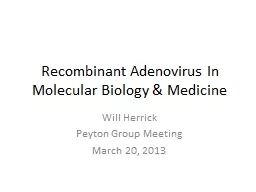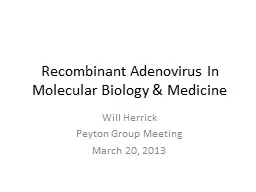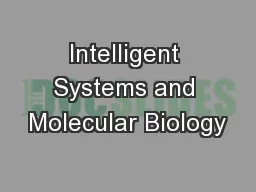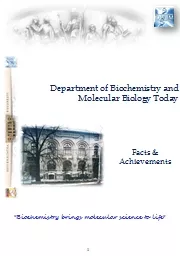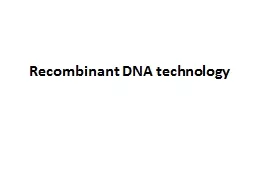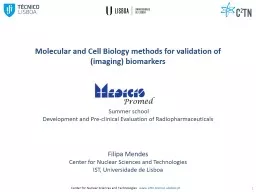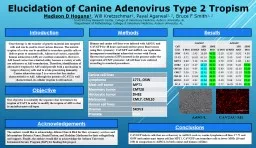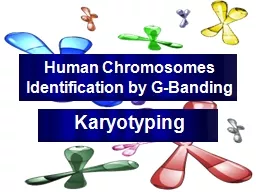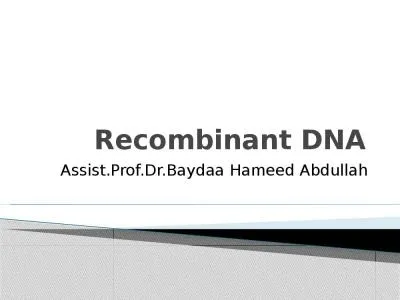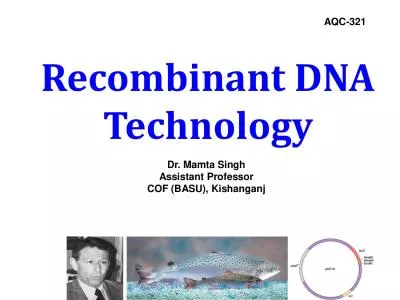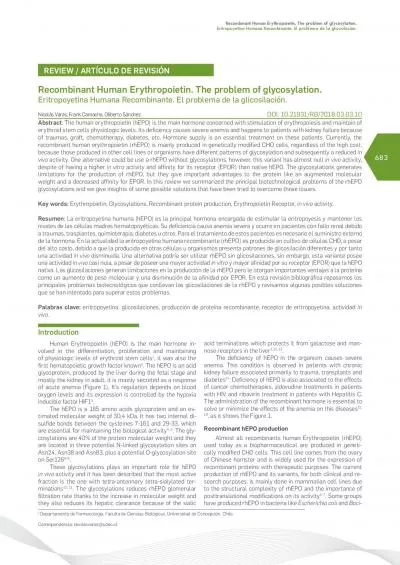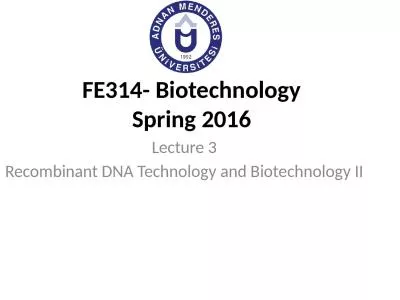PPT-Recombinant Adenovirus In Molecular Biology & Medicine
Author : camstarmy | Published Date : 2020-08-06
Will Herrick Peyton Group Meeting March 20 2013 What Are Adenoviruses Linear dsDNA virus 80100 nm Nonenveloped Icosahedral structure 1 penton capsomeres 2 hexon
Presentation Embed Code
Download Presentation
Download Presentation The PPT/PDF document "Recombinant Adenovirus In Molecular Biol..." is the property of its rightful owner. Permission is granted to download and print the materials on this website for personal, non-commercial use only, and to display it on your personal computer provided you do not modify the materials and that you retain all copyright notices contained in the materials. By downloading content from our website, you accept the terms of this agreement.
Recombinant Adenovirus In Molecular Biology & Medicine: Transcript
Download Rules Of Document
"Recombinant Adenovirus In Molecular Biology & Medicine"The content belongs to its owner. You may download and print it for personal use, without modification, and keep all copyright notices. By downloading, you agree to these terms.
Related Documents

